Renzo Piano’s GES-2 is a site of wonder
The GES-2's building site in Moscow is so glorious the half-constructed structure has already got the design world talking
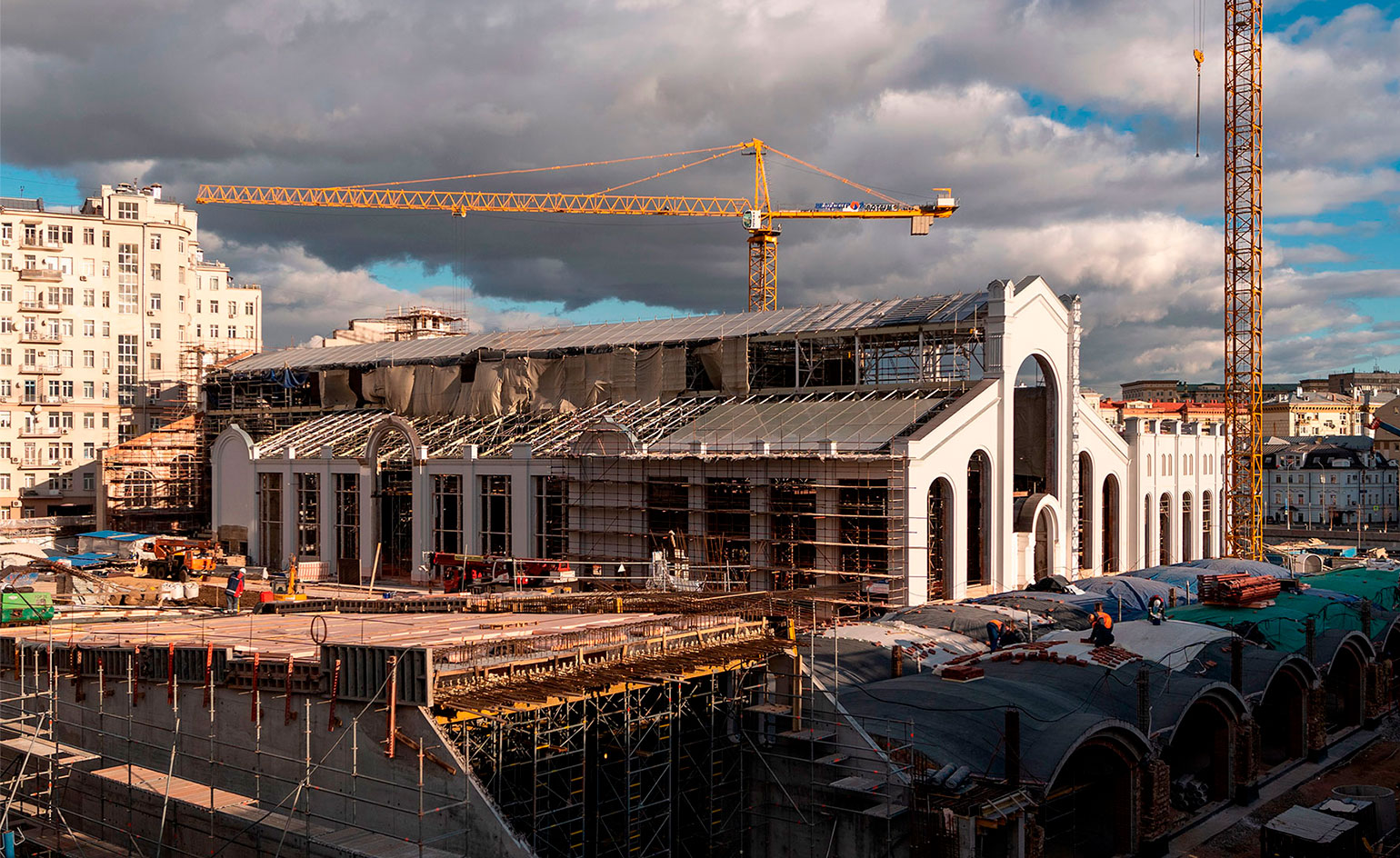
‘Good vodka! That was the beginning,’ says Renzo Piano. The 82-year-old Italian architect is dressed in a dapper suit under a high-vis jacket. We are in the atrium of what was once the GES-2 power station, built in 1907 and used to keep government officials warm as they ran the Soviet Union from the nearby Kremlin. Renzo Piano Building Workshop (RPBW) is converting the 20,000 sq m plant into a leading art venue for Russian billionaire Leonid Mikhelson’s V-A-C Foundation (named after his daughter, Victoria, a graduate of London’s Courtauld Institute).
Mikhelson approached Piano in 2015 with the idea of transforming the derelict power station into a world-class space for contemporary art in the heart of Moscow. When the project was first announced, many voices in the architectural world suggested the building was unusable, and that Piano would be better off starting from scratch. But to do so would have erased a sizeable slice of Moscow’s history: the plant was once used to power Moscow’s first tram system, and the site also encompasses a former vodka warehouse.
Renovating the space, Piano admits, has been painstaking: ‘Architecture of this kind is a dangerous job; you can make big mistakes,’ he says. ‘But I believe a well-crafted public building is a serious gesture of civic pride.’ And Piano is already proving his doubters wrong: ‘When we started this job, people were saying to me: “Are you really doing this?”. Now they understand. It is a building built by lucid madness.’ As Piano shows us where the Soviet generators once stood, the grey Russian sky breaks and light streams into the construction site. The sudden presence of the sun delights him. ‘This is Moscow,’ he exclaims. ‘Cloud and then suddenly sun. The building will constantly be like this – vibrant light, vibrant shadow. And the Moscow light will be the poetry of this building. It will hold everything together. A great cathedral of light.’ He leads us through the building and into what will be a new public park. Around 90 birch trees are already planted here, but there are hundreds more on the blueprints. ‘It will be a real forest,’ Piano says. ‘Birch trees are beautiful when full in the summer, and beautiful when naked in the winter.’
When we started this job, people were saying to me: “Are you really doing this?”. Now they understand. It is a building built by lucid madness.
The V-A-C Foundation has an ambitious programme planned for GES-2, including a new exhibition by Icelandic artist Ragnar Kjartansson. It will also be a key stop on Moscow’s new Museum Mile, which will link the gallery to Dasha Zhukova’s Garage Museum of Contemporary Art, the State Tretyakov Gallery, and the Pushkin State Museum of Fine Arts.
Mikhelson was inspired to build the gallery after visiting Piano’s iconic Centre Pompidou in Paris, as well as the Tate Modern in London (itself a former power plant). ‘I wished to have such a public space for Moscow,’ he says. ‘I wanted to create a unique place, right in the centre of the city, in a historic building.’
The gallery is due to open in September 2020, but this depends on the Russian winter, and how fast it will allow works to progress on site. Not that delays, or the project’s spiralling costs, it seems, dampen Piano’s idealism and his belief in the ability of architecture to bring people together. ‘This will be a free space,’ he says. ’A place to meet people under the sky.’
INFORMATION
Wallpaper* Newsletter
Receive our daily digest of inspiration, escapism and design stories from around the world direct to your inbox.
Tom Seymour is an award-winning journalist, lecturer, strategist and curator. Before pursuing his freelance career, he was Senior Editor for CHANEL Arts & Culture. He has also worked at The Art Newspaper, University of the Arts London and the British Journal of Photography and i-D. He has published in print for The Guardian, The Observer, The New York Times, The Financial Times and Telegraph among others. He won Writer of the Year in 2020 and Specialist Writer of the Year in 2019 and 2021 at the PPA Awards for his work with The Royal Photographic Society. In 2017, Tom worked with Sian Davey to co-create Together, an amalgam of photography and writing which exhibited at London’s National Portrait Gallery.
-
 Eight designers to know from Rossana Orlandi Gallery’s Milan Design Week 2025 exhibition
Eight designers to know from Rossana Orlandi Gallery’s Milan Design Week 2025 exhibitionWallpaper’s highlights from the mega-exhibition at Rossana Orlandi Gallery include some of the most compelling names in design today
By Anna Solomon
-
 Nikos Koulis brings a cool wearability to high jewellery
Nikos Koulis brings a cool wearability to high jewelleryNikos Koulis experiments with unusual diamond cuts and modern materials in a new collection, ‘Wish’
By Hannah Silver
-
 A Xingfa cement factory’s reimagining breathes new life into an abandoned industrial site
A Xingfa cement factory’s reimagining breathes new life into an abandoned industrial siteWe tour the Xingfa cement factory in China, where a redesign by landscape specialist SWA Group completely transforms an old industrial site into a lush park
By Daven Wu
-
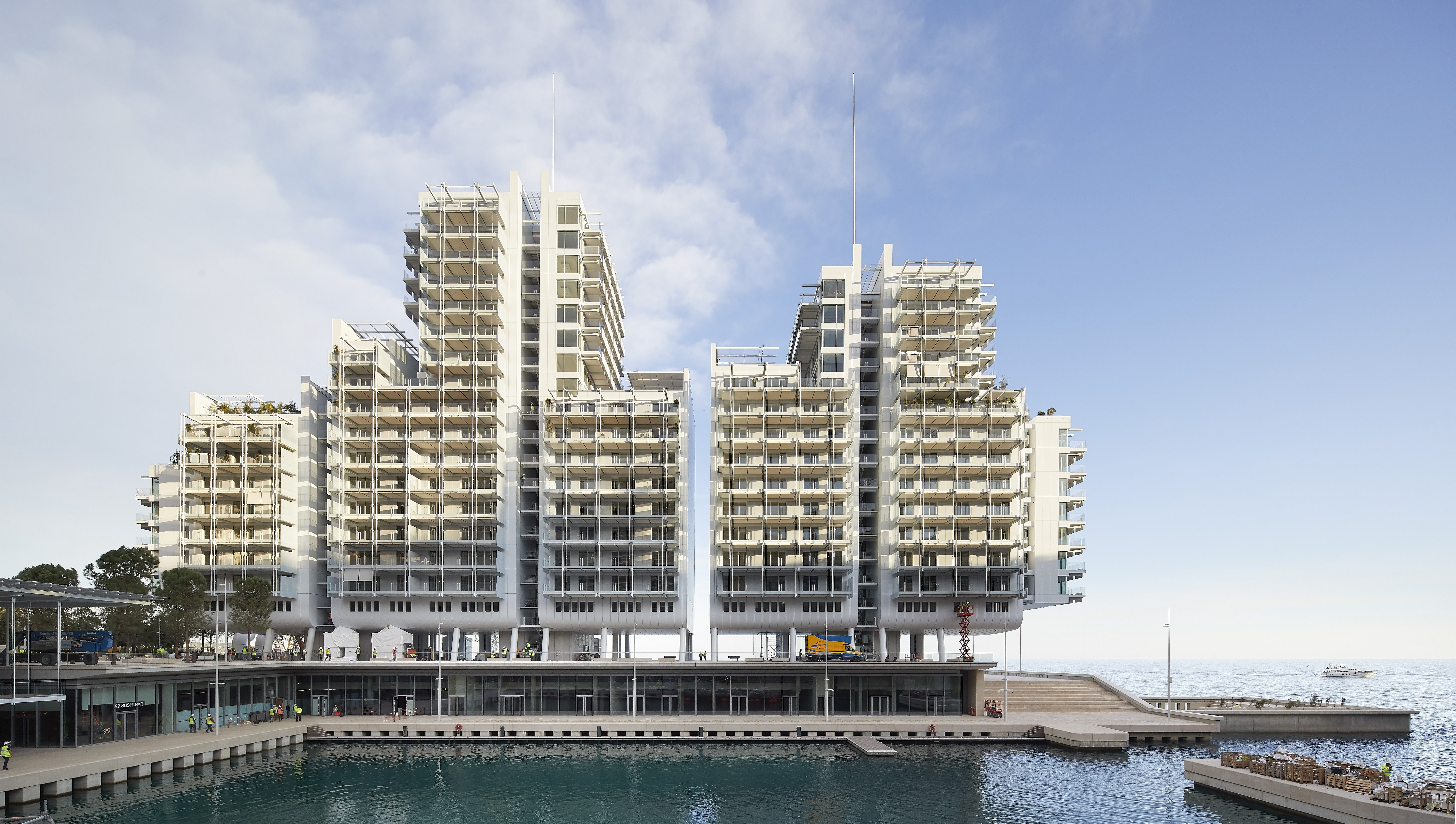 We tour Monaco’s Mareterra neighbourhood: where minimalist architecture and marine research meet
We tour Monaco’s Mareterra neighbourhood: where minimalist architecture and marine research meetMareterra, a contemporary enclave with designs by Renzo Piano offers homes, a new coastal promenade, a dynamic Alexander Calder sculpture and an atmospheric social hub extending the breezy, minimalist spirit of Larvotto Beach
By Harriet Thorpe
-
 Soviet brutalist architecture: beyond the genre's striking image
Soviet brutalist architecture: beyond the genre's striking imageSoviet brutalist architecture offers eye-catching imagery; we delve into the genre’s daring concepts and look beyond its buildings’ photogenic richness
By Edwin Heathcote
-
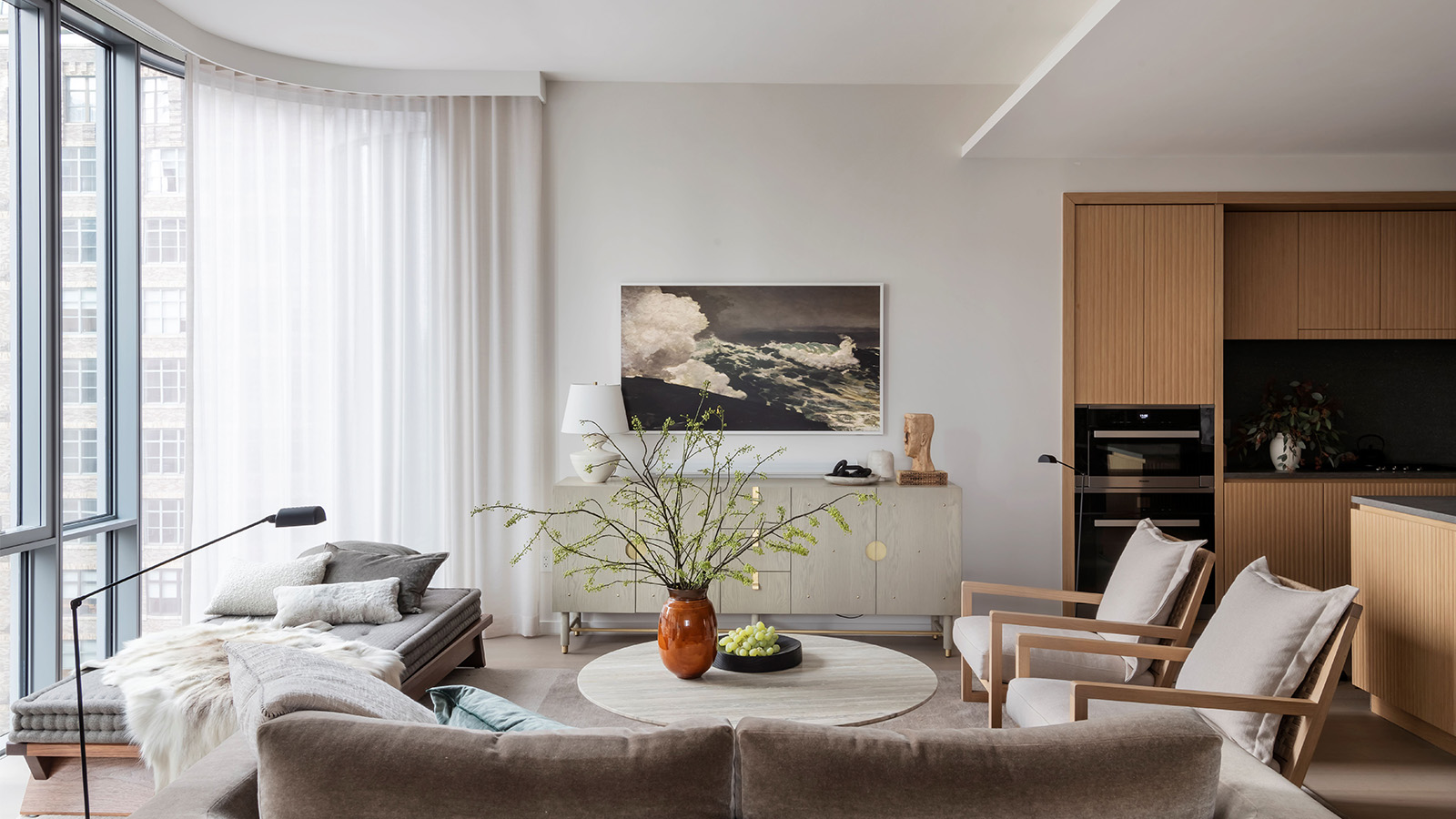 Designer Holly Waterfield creates luxurious pied-à-terre in Renzo Piano Manhattan high-rise
Designer Holly Waterfield creates luxurious pied-à-terre in Renzo Piano Manhattan high-riseA private residence by Holly Waterfield Interior Design in Renzo Piano's skyscraper 565 Broome Soho blends a sense of calm and cosiness with stunning city views
By Léa Teuscher
-
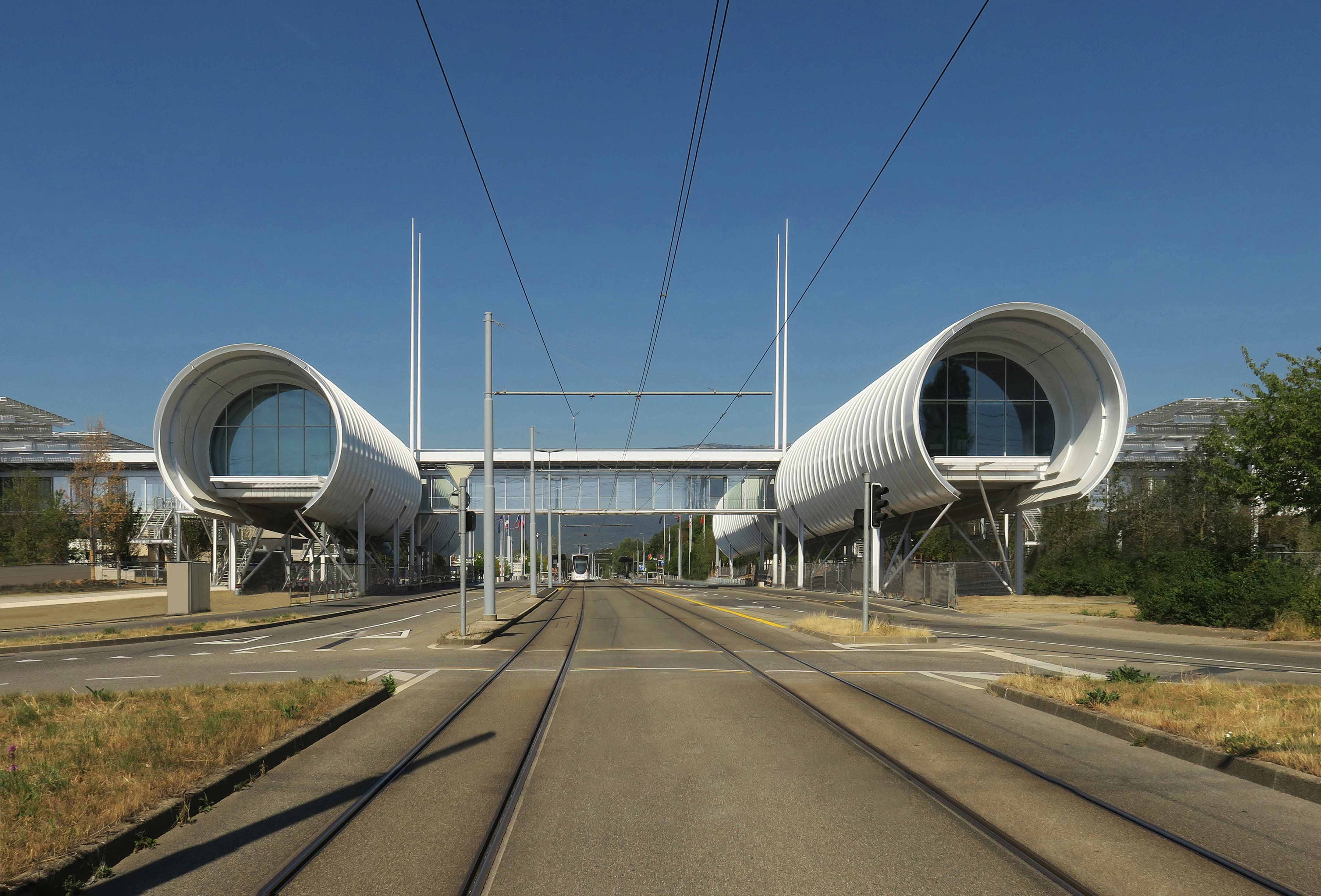 CERN Science Gateway: behind the scenes at Renzo Piano’s campus in Geneva
CERN Science Gateway: behind the scenes at Renzo Piano’s campus in GenevaCERN Science Gateway by Renzo Piano Building Workshop announces opening date in Switzerland, heralding a new era for groundbreaking innovation
By Ellie Stathaki
-
 Renzo Piano’s GES-2 V-A-C House of Culture opens in Moscow
Renzo Piano’s GES-2 V-A-C House of Culture opens in MoscowThe V-A-C Foundation celebrates its new design by Renzo Piano – the GES-2 House of Culture in Moscow, set in a former power station
By Amah-Rose Abrams
-
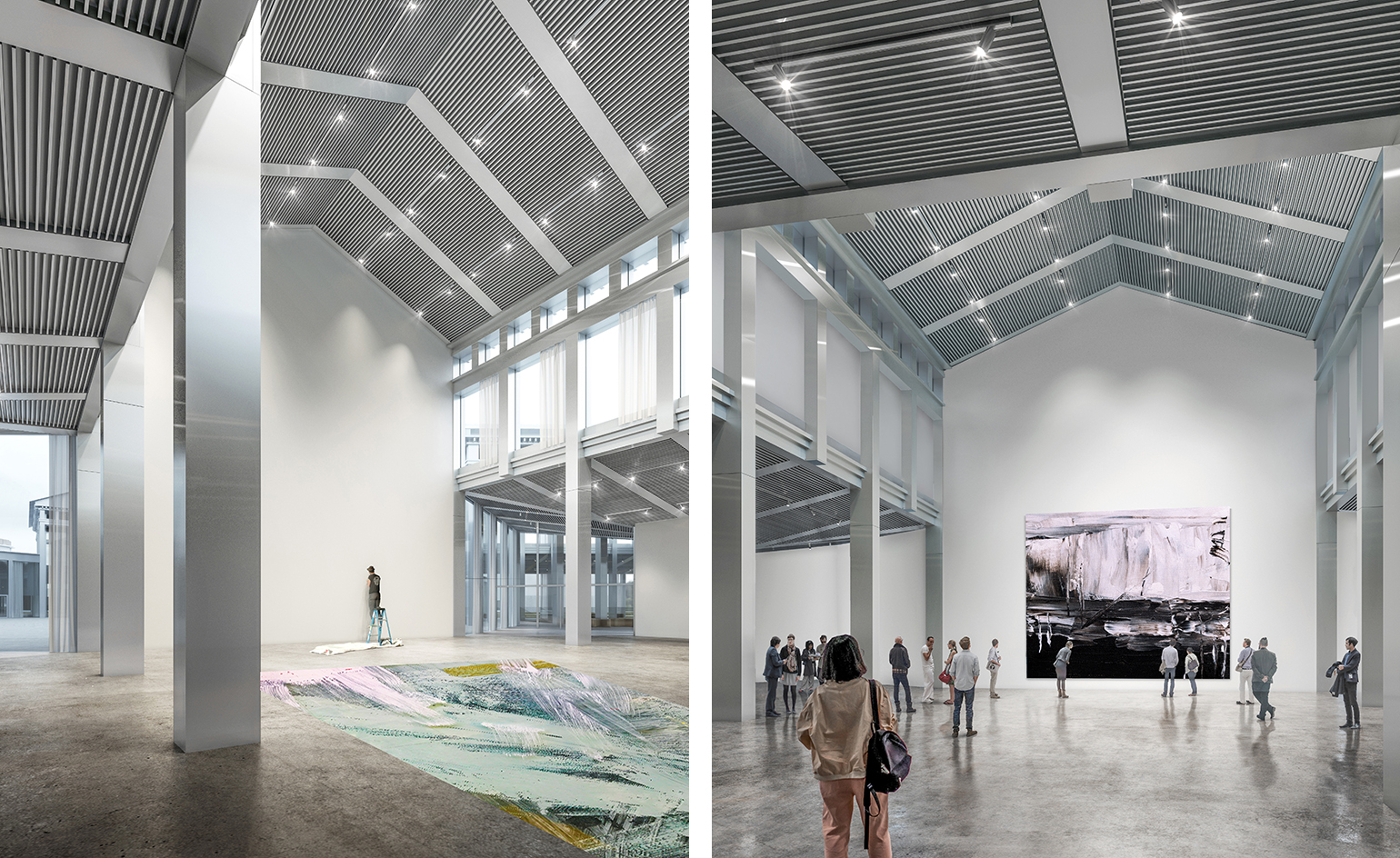 SANAA to resurrect Hexagon pavilion for Moscow’s Garage Museum extension
SANAA to resurrect Hexagon pavilion for Moscow’s Garage Museum extensionJapanese firm SANAA will overhaul the Hexagon pavilion, a 1920s Ivan Zholtovsky-designed structure in Gorky Park, for a Garage Museum extension
By Jessica Klingelfuss
-
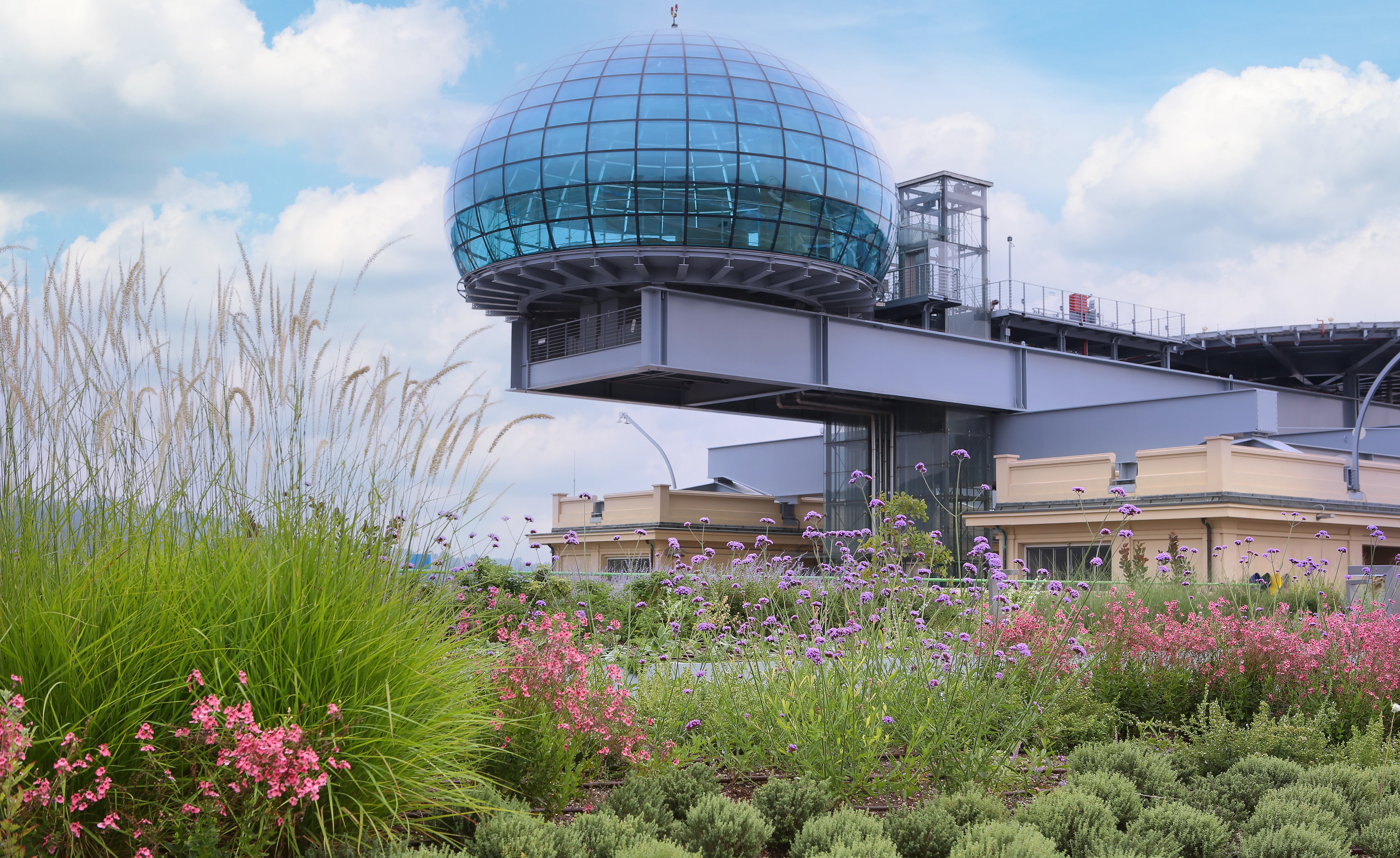 Fiat’s iconic modernist factory hosts new urban oasis
Fiat’s iconic modernist factory hosts new urban oasisFiat’s former Lingotto factory and test track are transformed into Europe’s largest hanging garden – a new urban oasis for Turin
By Jonathan Bell
-
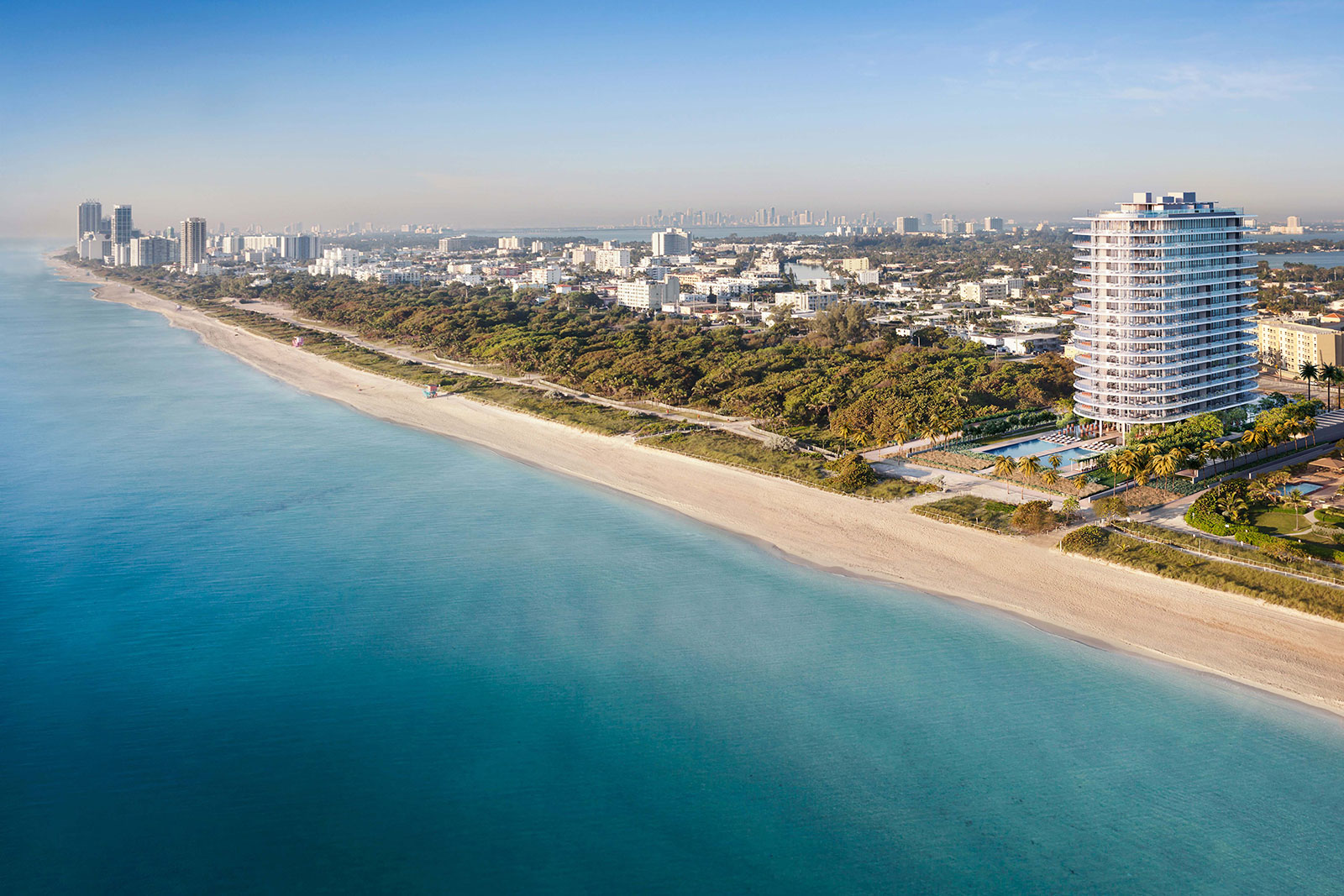 The buildings adding a new dimension to Miami’s skyline
The buildings adding a new dimension to Miami’s skylineAs the Florida city’s architecture boom continues apace, here’s what’s next
By Jessica Klingelfuss